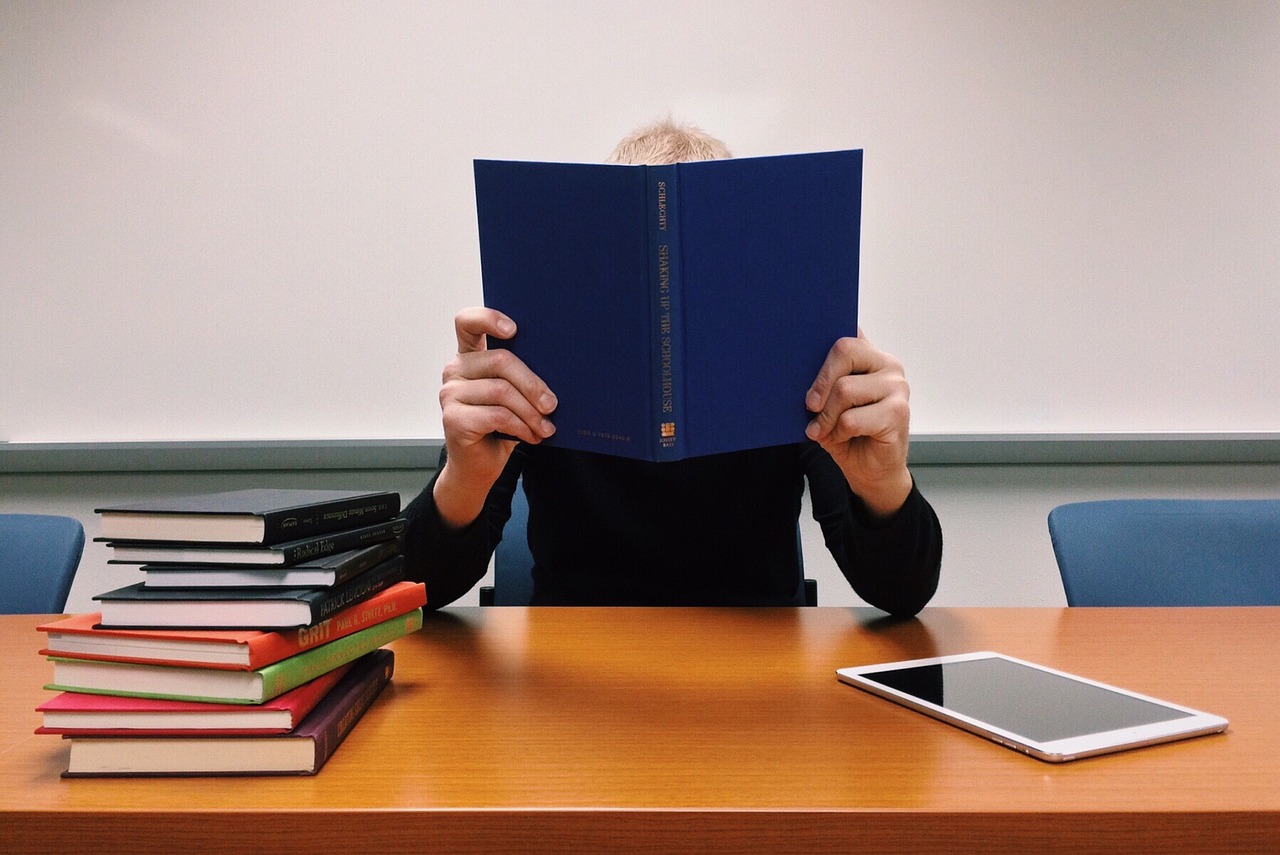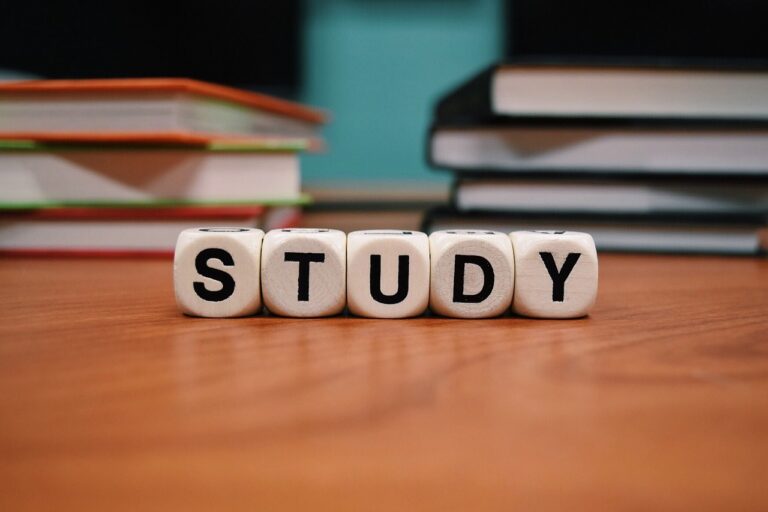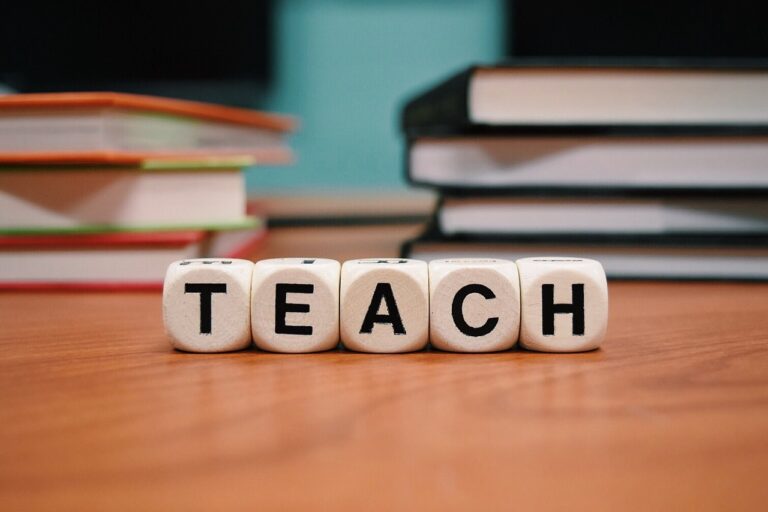The Role of Self-assessment in Student Learning and Growth
Reflection plays a crucial role in the development of students. It allows individuals to learn from their experiences, recognize their strengths and weaknesses, and make informed decisions moving forward. By taking the time to reflect on one’s actions, students can gain a deeper understanding of themselves and their goals.
Through reflection, students can identify patterns in their behavior and thought processes, enabling them to make positive changes and grow personally and academically. This self-awareness is essential for students to adapt, improve, and reach their full potential. In a fast-paced academic environment, pausing for reflection can provide students with clarity and direction in their learning journey.
Understanding Personal Strengths and Weaknesses
In the journey of personal growth and development, it is crucial to gain a deep understanding of our own strengths and weaknesses. Our strengths are the qualities and skills that come naturally to us, enabling us to excel in various areas of our lives. These strengths not only define our capabilities but also boost our confidence and motivation.
On the other hand, our weaknesses represent areas where we may struggle or need improvement. Recognizing our weaknesses is not a sign of failure but an opportunity for growth and self-improvement. By acknowledging and accepting our weaknesses, we can work towards addressing them and turning them into strengths.
Setting Realistic Goals through Self-assessment
Through self-assessment, individuals can gain a deeper understanding of their own capabilities, limitations, and areas for growth. By taking the time to reflect on their strengths and weaknesses, students are better equipped to set realistic and achievable goals for themselves. This process helps in creating a clear roadmap for personal and academic development, ensuring that goals are not only challenging but also attainable.
Self-assessment also allows individuals to identify any potential obstacles or challenges that may arise as they work towards their goals. By acknowledging these hurdles early on, students can proactively plan and strategize ways to overcome them. This proactive approach to goal-setting enhances motivation and resilience, empowering individuals to stay focused and committed to their objectives despite any setbacks that may come their way.
Self-assessment helps individuals gain a deeper understanding of their capabilities and limitations
Reflecting on strengths and weaknesses helps in setting realistic goals
Creates a clear roadmap for personal and academic development
Identifying obstacles early on allows proactive planning to overcome challenges
Enhances motivation and resilience in achieving set objectives
Why is reflection important in student development?
Reflection allows students to assess their progress, identify areas for improvement, and set realistic goals for the future.
How can students understand their personal strengths and weaknesses?
Students can understand their personal strengths and weaknesses through self-assessment exercises, feedback from peers and teachers, and reflection on past experiences.
How can self-assessment help students set realistic goals?
Self-assessment helps students identify areas where they excel and areas where they need improvement, allowing them to set realistic goals that are achievable based on their current skills and abilities.







